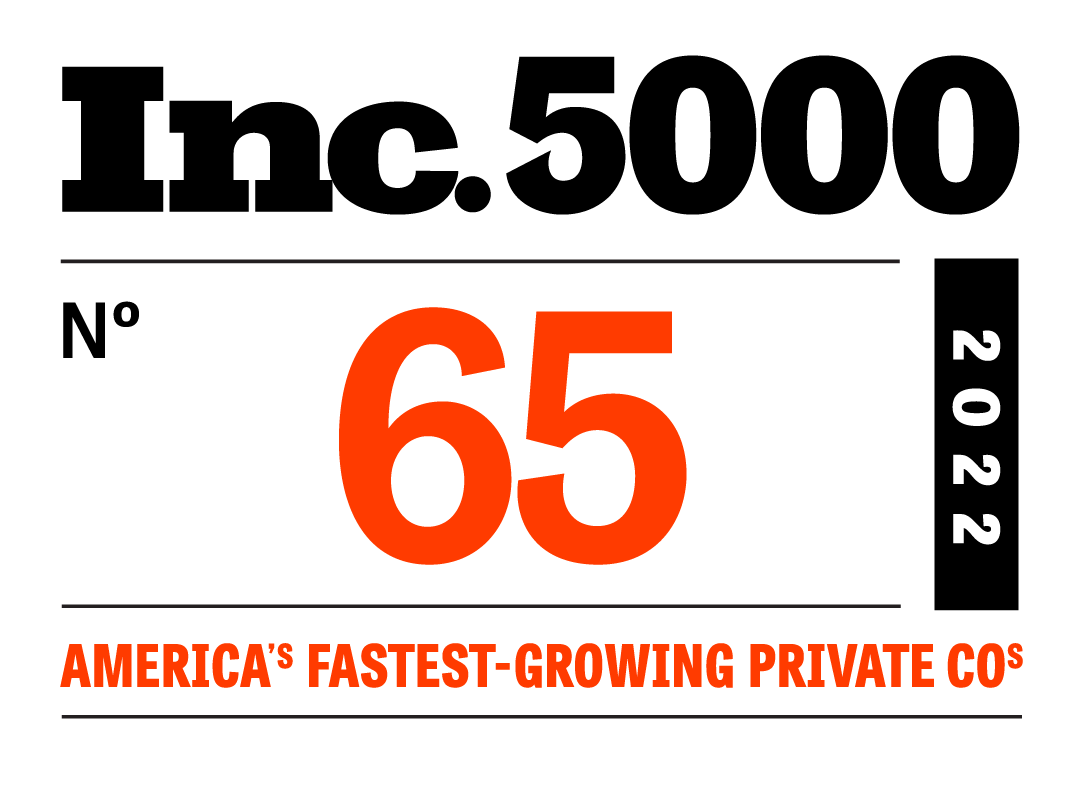
Over the last year, banks and credit unions haven’t really had to think about business banking--the pandemic covered it for them.
With storefronts shuttered due to lockdown restrictions and social distancing mandates, the only product lenders were focused on facilitating to small businesses were Paycheck Protection Program loans.
Savvy institutions were quick to adopt technology to make these complicated loans easier for their borrowers to obtain, and for their bankers to process. This sort of rapid digital transformation met the moment, and matched the change in behavior seen from borrowers.
But now that PPP originations are officially closed and the pandemic is largely under control, these institutions will have to decide what’s next: stay the course and continue down the path of digital transformation, or fall back into the old way of doing things.
When confronted with such a crossroads, lenders need to think about how the sales target has shifted in business banking; a trend that long preceded COVID-19.
Before pandemic-induced lockdowns forced the world to do all of their banking online, evidence showed that the outlook for banks and credit unions that lagged in digital maturity was dim.
As far back as June 2019, industry experts like Cornerstone Advisors’ Joe Ganzelli were warning of waning small business segments, as tech companies and alternative lenders encroached on markets normally reserved for community banking institutions.
Three stats highlighted back then, should be top of mind for banks and credit unions as they plot a return to growth post-pandemic:
- Small business loan dollars closed per loan officer per month dropped 23 percent, and loans closed per branch per month declined by 9 percent according to the 2019 Cornerstone Performance Report for Banks.
- While online lenders Kabbage and OnDeck lent $2 billion and $2.5 billion, respectively, to small businesses in 2018, PayPal became the largest online small business lender in the United States, with over $4 billion funded in 2018. (Source: DeBanked)
- Square Capital lent about $1.6 billion to small businesses in 2018, up nearly 36 percent over 2017 and double that of 2016. Amazon lent over $1 billion to small businesses in 2018, and small- and medium-sized businesses selling in Amazon’s stores now account for 58 percent of its sales, up from 30 percent a decade prior. (Source: DeBanked)
Evidence at the time also showed that lenders lagging in digital maturity weren’t just losing out to disruptors like Amazon, OnDeck, and the like. They were also losing out to banks and credit unions that invested in digital transformation during the last economic downturn (2008), and were given lower valuations than those institutions as well--as this Accenture report noted at the time.
Of course, the pandemic offered an opportunity for banks and credit unions to reset. With the business banking world solely focused on PPP--and with Congress limiting fintech’s participation in the distribution of these critical funds--lenders that adopted technology were able to make up some ground on these encroaching disruptors.
But what happened to the banks and credit unions that rolled up their sleeves, put all hands on deck, and grinded their way through PPP manually? New research suggests these institutions likely bled customers to their more technologically advanced competitors.
According to a recent study out of Bain & Company, when customers needed capital most, ease of use and convenience largely trumped institutional loyalty. In the researchers’ own words, “one negative effect for banks [was] more hidden defection of consumers buying products from banks and providers other than the primary bank.”
Today, every financial institution finds themselves in one of these three camps: early adopters that began their digital transformation pre-COVID, institutions that embraced technology for PPP lending and Forgiveness, or the all-hands-on-deck institutions who have maintained their manual approach throughout.
For banks and credit unions in the first camp--the early adopters--PPP fueled a technological leap in digital lending. While these institutions have their best foot forward, they still need to consider revisiting their strategies and their vendors of choice to, at minimum, validate the direction they’re headed. For example, as sales targets shift from “best rate” to “most convenient”, these institutions need to ensure the platforms they use can provide the experiences their customers will demand.
Financial institutions in the second camp are at a bit of a disadvantage without a digital lending platform to leverage outside of the government’s COVID relief program. These institutions need to take advantage of their learnings from the last year and build on their momentum by continuing their digital transformation. The easiest way to do this is by engaging with their PPP technology providers to understand what other solutions are available to help them digitize their business banking products.
Banks and credit unions in the final camp have a much wider assessment to undertake. Data shows these institutions were losing ground to their digitally-mature counterparts years ago. The last year has only seen the landscape shift further, as customer demands and expectations have become solidified by the unparalleled experience of living through a pandemic. Convenience, for many, is king and the only path forward is to commit to an accelerated digital strategy in order to remain competitive.
Regardless of the camp your institution finds itself in, one thing is clear--COVID-19 was an opportunity for banks and credit unions to bridge the digital divide. How they capitalize on that moving forward could ultimately determine the long-term success or failure of each institution.






